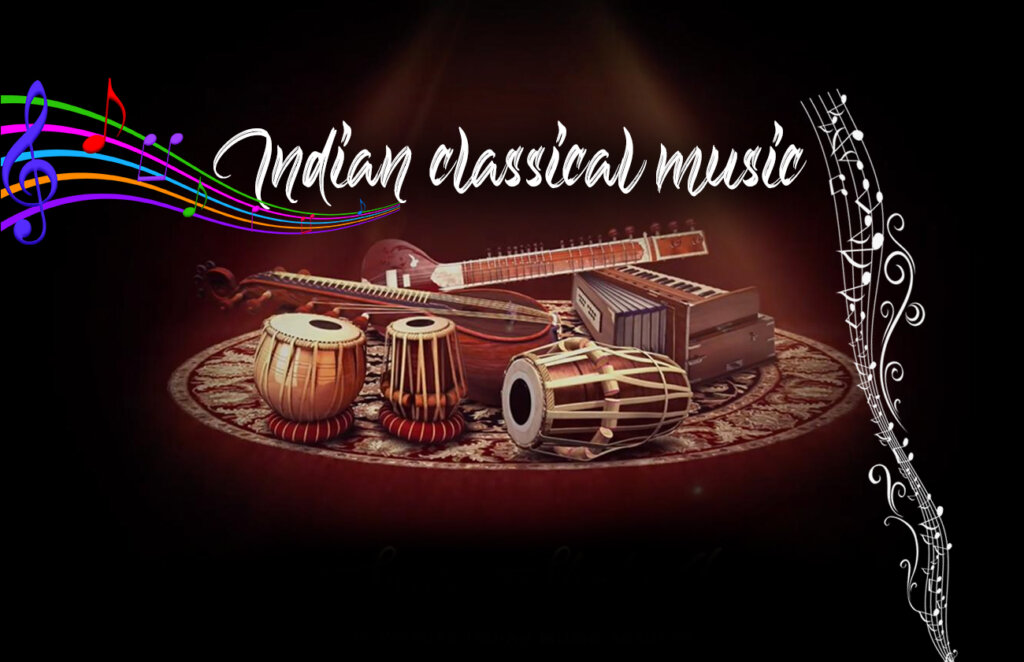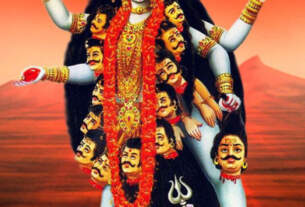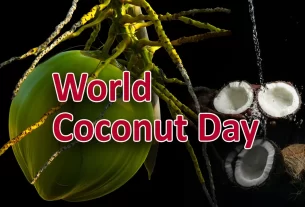Introduction: Hindustani classical music, a treasure trove of melodic intricacies and emotional depth, stands as a cornerstone of Indian cultural heritage. Rooted in ancient traditions, this genre of music transcends time, evoking profound emotions and nurturing the spiritual connection between the performer, the audience, and the divine. In this article, we embark on a journey through the captivating world of Hindustani classical music, exploring its history, structure, elements, and its enduring influence on both Indian and global music landscapes.
Historical Origins: Hindustani classical music has evolved over centuries, with its roots tracing back to ancient Vedic chants and texts. Its journey is intricately woven with influences from Persian, Mughal, and indigenous traditions, culminating in a unique fusion that defines its identity today. During the medieval period, Hindustani music flourished under the patronage of emperors and royal courts, which further enriched its repertoire and sophistication.
Philosophy and Elements: At the heart of Hindustani classical music lies the concept of “raga” – a melodic framework that encompasses specific notes, embellishments, and emotions. Each raga carries its distinct mood and is associated with particular times of the day, seasons, and emotions. The exploration of raga involves the interplay of notes, microtones, and intricate ornamentations, allowing the performer to communicate deep emotions beyond words.
Tala, the Rhythmic Pulse: Complementing the melodic richness of Hindustani music is the rhythmic framework called “tala.” Talas are rhythmic cycles that dictate the time division and patterns within a piece. Musicians use percussion instruments like the tabla to weave intricate rhythm patterns, enhancing the overall tapestry of the performance. The interaction between raga and tala creates a mesmerizing harmony that captivates listeners.
Gharanas and Guru-Shishya Parampara: The tradition of “gharanas” plays a significant role in the evolution of Hindustani classical music. Gharanas are schools of musical thought, each with its unique interpretation of ragas and stylistic nuances. The guru-shishya parampara (teacher-disciple tradition) is the cornerstone of knowledge transmission, where musical knowledge and artistic sensibilities are passed down through generations.
Forms of Expression: Hindustani classical music encompasses various forms of musical expression, each serving a specific purpose. “Khayal,” meaning “imagination,” is a dominant vocal form that involves intricate improvisations within the framework of a chosen raga and tala. “Dhrupad,” on the other hand, is a more ancient and structured form that emphasizes the purity of the notes and lyrical content.
Impact and Global Influence: The resplendent beauty of Hindustani classical music has transcended geographical boundaries, leaving an indelible mark on global music. The mesmerizing melodies and intricate rhythms have inspired collaborations with musicians from different cultures, resulting in fusion genres that blend Eastern and Western musical sensibilities.
Preserving Tradition and Innovation: While embracing innovation and contemporary influences, Hindustani classical music remains committed to preserving its timeless essence. Modern maestros experiment with genres and collaborate across genres, without compromising the foundational elements that make this art form unique.
Conclusion: A Musical Odyssey: Hindustani classical music is not merely a collection of notes; it’s a manifestation of emotions, a spiritual journey, and a celebration of the human experience. Its ability to transcend cultural and linguistic barriers speaks volumes about its universality. As we delve into the intricate tapestry of raga and tala, we find a harmonious bridge connecting the past and the present, and an eternal source of inspiration for future generations of musicians, artists, and listeners alike. Hindustani classical music is not just a sound; it’s a symphony of the soul, inviting all who listen to experience the profundity of its melody.





